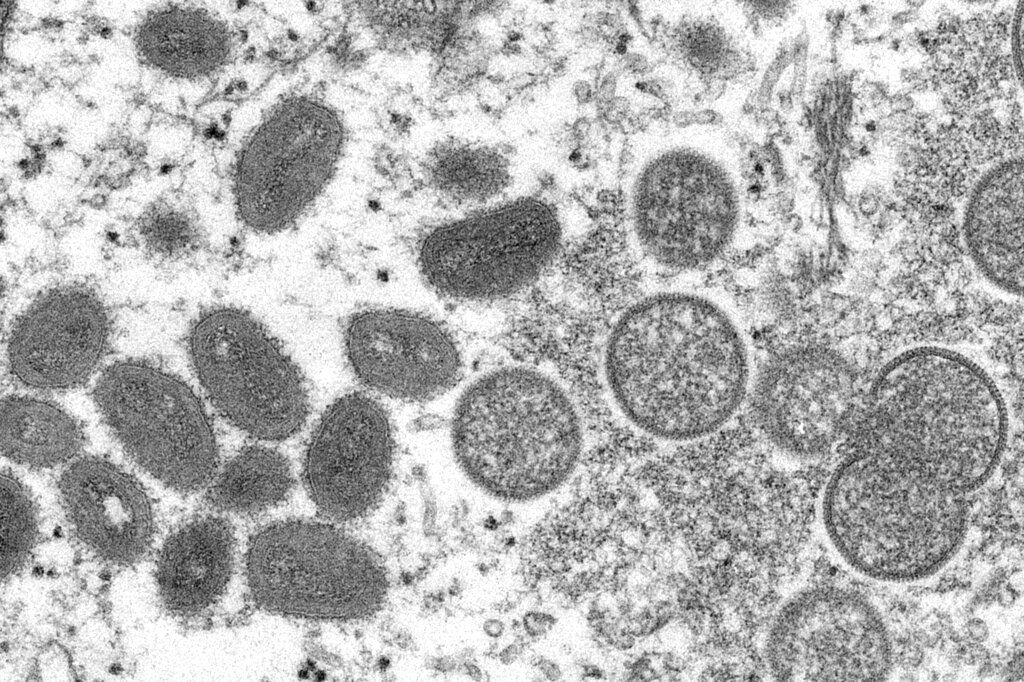The World Health Organization has announced an open forum to rename the disease monkeypox after some critics expressed concern that the name could be derogatory or racist.
WHO stated that the decision was made after a meeting of scientists this week and in accordance with current best practices for disease naming, which aims to “avoid causing offence to any cultural, social, national, regional, professional, or ethnic groups, and minimize any negative impact on trade, travel, tourism, or animal welfare.”
Origin of the name ‘Monkeypox’
According to the WHO, monkeypox got its name because it was first discovered in 1958 in monkeys used in a Danish research lab.
The first confirmed case was a nine-month-old boy from the Democratic Republic of the Congo; however, it wasn’t discovered in humans until 1970. All of this occurred before the WHO developed its disease naming conventions in 2015.
Additionally, the major variations bore the names of the locations where they were known to circulate.
Also Read| Why WHO wants to rename monkeypox
How are viruses named?
A name can be very significant when it comes to viruses. Many people are known by their professions. It is thought that chickenpox got its name from either its Latin root, giccan, which means to itch and can be mistaken for chicken, or from a combination of the two. Many academics, however, contend that the disease’s name comes from the pox marks themselves because hummus and garbanzo, both of which are connected to chickpeas, are the terms for the illness in many Arab nations.
In some instances, the names of viruses are determined by their place of origin. The Ebola River, which flows close to the village of Yambuku where the virus was first found, inspired the name of the Ebola virus. Two factors led to the choice of the name. The disease was given the name Ebola instead of Yambuku to prevent villagers from feeling alienated by other locals. Ebola translates to “black,” which the researchers found to be appropriately ominous for the illness.
Also Read| India’s first Monkeypox death in Kerala’s Thrissur: All you need to know
This is a practise that is spreading as more viruses, particularly influenza variants, are given names based on their genetic makeup rather than their origins. Recently, some nations have lobbied to change disease names. In one instance, a disease called “New Delhi metallo beta lactamase,” or NDM-I, was found in India. The Indian health ministry asked that the name be changed to avoid possible slurs against the city.
But in many instances, picking a name requires care. While some disease names, like GRID (Gay-related Immune Deficiency), which was the original name for HIV, are misleading and may alienate certain groups, as the researchers who discovered Ebola feared would happen to Yambuku, others, like SARS (Severe Acute Respiratory Syndrome), prove to be simple to say and explain what causes the disease.
The World Health Organization and the Centers for Disease Control are attempting to determine the best way to name viruses in a way that will aid public understanding without resulting in economic or social collateral damage. The most crucial goal is to stop the spread of these diseases once they have been established and to prevent them from spreading in the first place, regardless of the approach or name.
Also Read| Monkeypox declared a public health emergency by New York City
Many other diseases, such as Japanese encephalitis, Marburg virus, Spanish influenza, and Middle Eastern Respiratory Syndrome, have been named after the geographical areas where they first appeared or were discovered. WHO has not publicly suggested that any of these names be changed.







